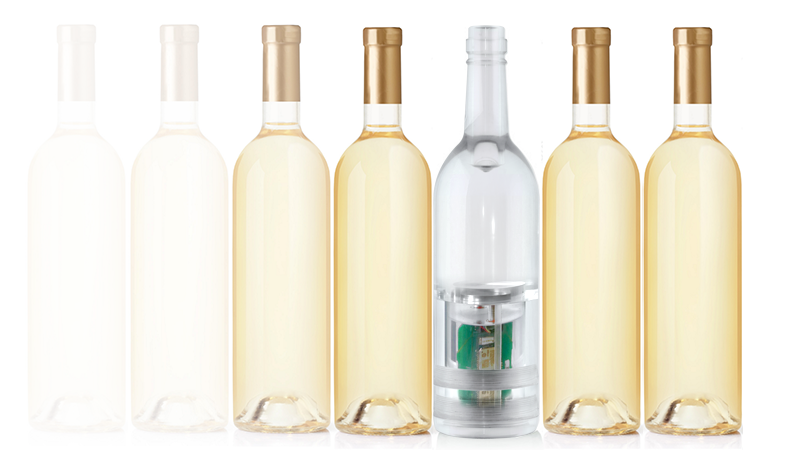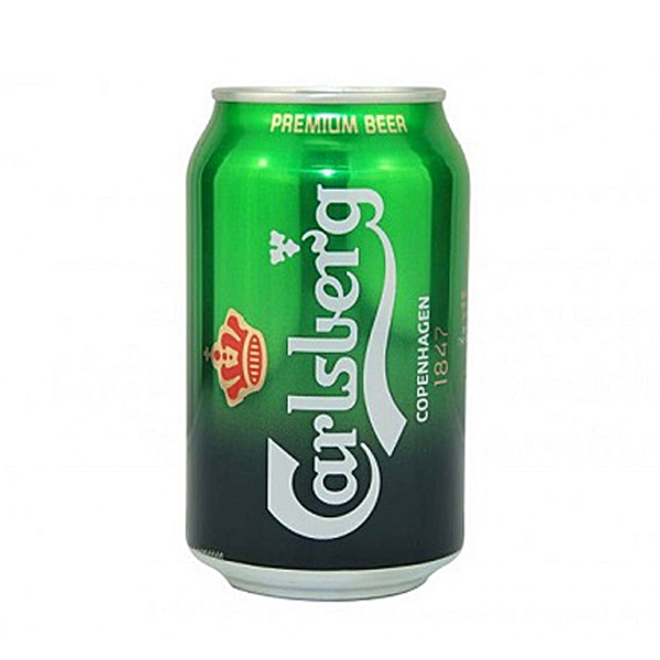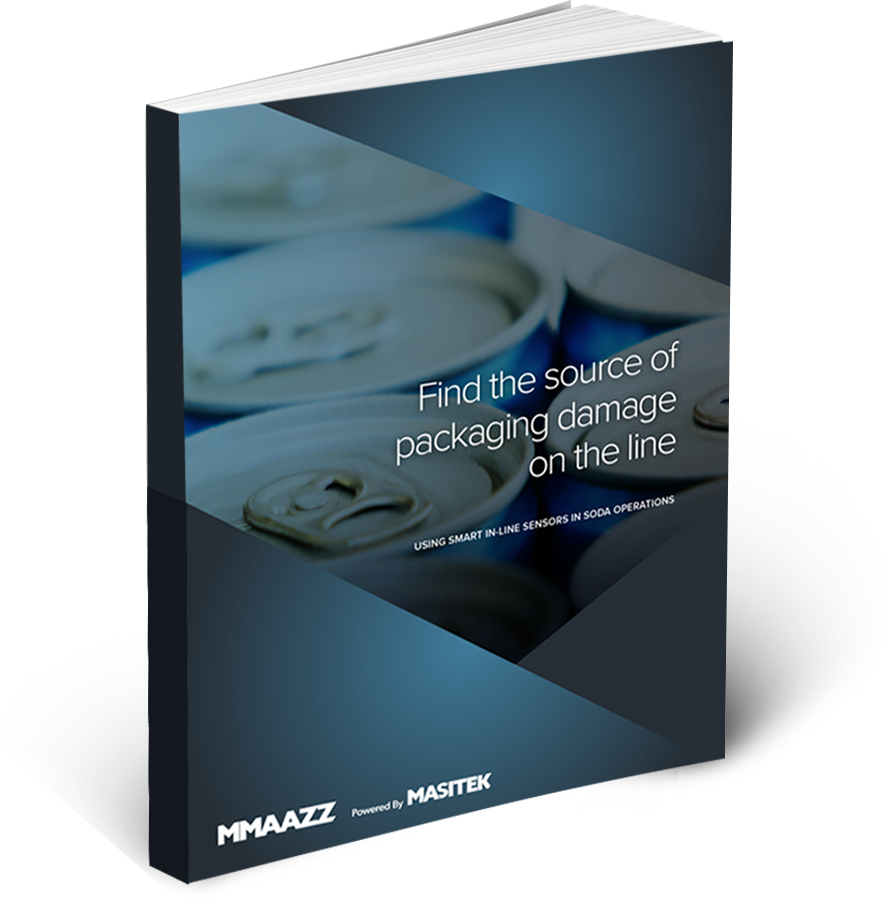Are you accurately calculating vertical load to ensure proper calibration?
Vertical load is an important factor to measure to ensure product quality. An excess force can cause neck damage and downtime while insufficient force will result in an improper seal.
Improperly calibrated corking, capping and sealing machines can put excess downward force on containers and cans causing neck damage and breakage that operations can’t afford, while over-stacked pallets trigger seal failures that affect product quality. Increase processing speed with in-line measurement of vertical load for simplified calibration & breakage reduction.
Proper Calibration of Capper and Seamer Machines
Calibration is time consuming. Most capper machines average over twenty-four heads, and on lines where more than one container is filled, calibrations need to be performed every time a bottle type is switched.
Capper and seamer machines are typically preset to achieve a proper seal on the container being processed. In reality, it is difficult to measure the force applied to the container for each head, as compared to the setting. Given the ramifications of improperly calibrated heads, it’s important to understand this difference in applied forces.
In-line sensor measurement by VerticalQC and SeamerQC provides immediate and real-time measurement of the vertical force that each capper head is pressing onto the container. Operations can reduce calibration from hours to minutes.

In-Line Sensors for Vertical Load
Case Study
Carlsberg uses smart sensors globally to pinpoint breakage.

Industries
Containers
Find the source
of packaging damage
on the line.





